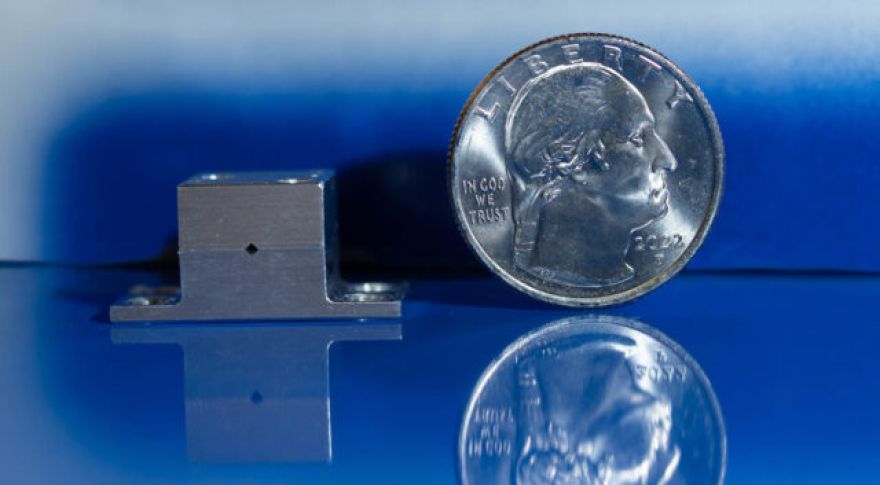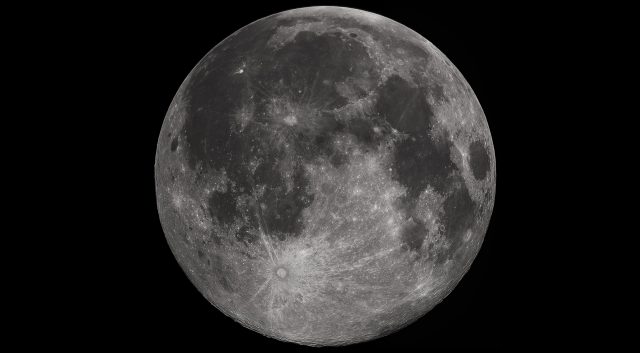
NASA Hopes to Pinpoint Water on the Moon With Tiny, High-Powered Laser
After decades of abandonment, the moon is again expecting visitors. NASA is , which heralds a new era of lunar exploration. If all goes to plan, humanity will have a permanent lunar presence in the coming years. Deposits of water on the moon could provide important resources to sustain astronauts and fuel exploration of the moon and beyond, but first, we need to know exactly where that water is. To this end, an engineer at NASA’s Goddard Space Flight Center has developed a tiny laser that could be the key to tracking down those water ice deposits.
Scientists long suspected there could be water on the moon, and subsequent experiments confirmed it.
According to Dr. Berhanu Bulcha from Goddard, a heterodyne spectrometer would be capable of “zooming in” on the necessary frequencies to tell the difference between these molecules. However, a space-based system capable of that would require a stable, high-power terahertz laser. That device didn’t exist, but now it does, thanks to Bulcha and a collaboration with Longwave Photonics through Small Business Innovation Research (SBIR) program.
Spectrometers come in various flavors, but they all operate on the idea of detecting wavelengths of light to infer the chemical properties of a target. Most spectrometers function across a wide range of frequencies (eg. broadband), but a heterodyne spectrometer can dial into specific frequency ranges like infrared or terahertz. A compound like water that contains hydrogen atoms emits photons in the terahertz frequency range, so that’s where the instrument needs to focus. The can do that while avoiding the drawbacks of other designs.

It was possible to generate terahertz lasers before this latest development, but they were unsuitable for use in space. Radio or microwave frequencies could be amplified to produce low-power terahertz pulses, but the efficiency is low, and the necessary amplifiers lose power as they approach the terahertz range of two trillion to 10 trillion cycles per second. On the other end, optical lasers can pump energy into gasses to generate photons in the terahertz range, but these systems are enormous and power-hungry, making them useless in current lunar operations.
To fill the gap, Dr. Bulcha’s team is developing a quantum cascade laser that is both teeny tiny and capable of operating in the necessary frequency range. It also takes advantage of some of the weirdness of quantum mechanics to get around the limitations of previous laser emitters. The thickness of the semiconductor layers in this laser determines the frequency rather than the elements in the material. Thus, a generator with 80-100 layers, which is less than 10 micrometers thick, can generate all the terahertz-energy photons you need for a heterodyne spectrometer. Bulcha hopes that work on the laser can be finished in time to aid the Artemis Program, which could land humans on the moon as soon as 2025.
Now read: